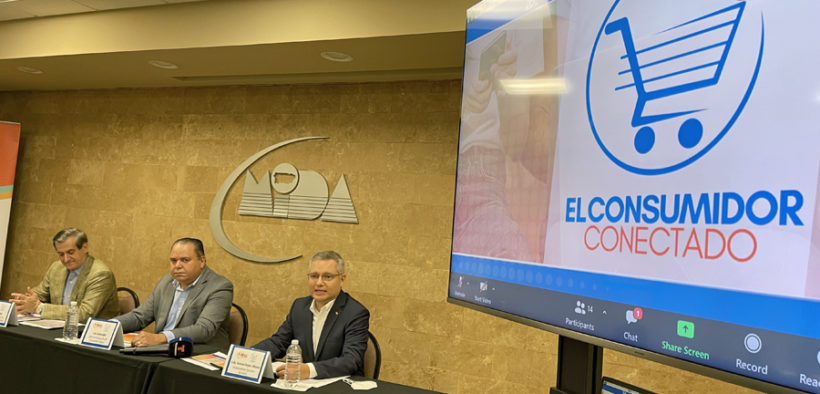Puerto Rican consumers embrace technology during pandemic

In the past year, 79% of Puerto Ricans have made online purchases, which places the island among the top five most active places when it comes to buying through the internet, according to “The Connected Consumer,” a study commissioned by the Chamber of Marketing, Industry and Food Distribution (MIDA, in Spanish).
The analysis, which is part of the trade group’s 2021 Consumer X-Ray, also showed that of those users, 48% have purchased food through online applications.
These data are part of the preliminary results of the survey, which for the first time took a closer look at online shopping because of the reflected increase, MIDA Executive Vice President Manuel Reyes said.
In 2020, the survey showed a 30% use of online tools to buy food, while by 2021, that number jumped to 48%. In addition to the ongoing growth that has been seen in the past 12 months in the use of digital platforms, 33% are new online food buyers.
“The Connected Consumer responds to the exponential increase in the use of digital platforms for food purchases in recent years,” Reyes said. “The Consumer X-Ray study has shown this since 2018, reporting 6% of users at the time.”
“In 2019, it increased to 15% and in 2020, it reached 30%. The pandemic certainly accelerated the use of online shopping, but the industry was prepared,” said Reyes.
He added that for the food sector it is important to know the habits of this new consumer, so that the components can evolve and respond to their needs.
To get a clearer idea of who the “connected consumer” is, the survey revealed that 89% are women and 33% are in the 35-44 age group. In terms of income, 27% reported income of less than $10,000 in a household of two or three people (48%). Of those, 53% do not get Nutritional Assistance Program (PAN, in Spanish) money, of which 67% are over 45 years of age.
“The survey seeks to identify the main motivators when choosing a digital platform to buy food, the limitations that the connected consumer faces and what opportunities exist for this market segment,” said Richard Valdés, chairman of the Consumer X-Ray committee.
He added that 13% of shoppers do 100% of their food shopping online. This population completely changed the way they do their shopping and no longer visit traditional “brick and mortar” establishments.
According to Luis Defendini, member of the digital edition of the Consumer X-Ray committee, the survey reflects the high levels of satisfaction that food buyers have with the applications they use and the quality of services, in addition to the frequency of purchases through the different digital tools.
The survey gathered 1,015 responses to the questionnaires distributed from from May 5-13 to buyers 18 and older.














